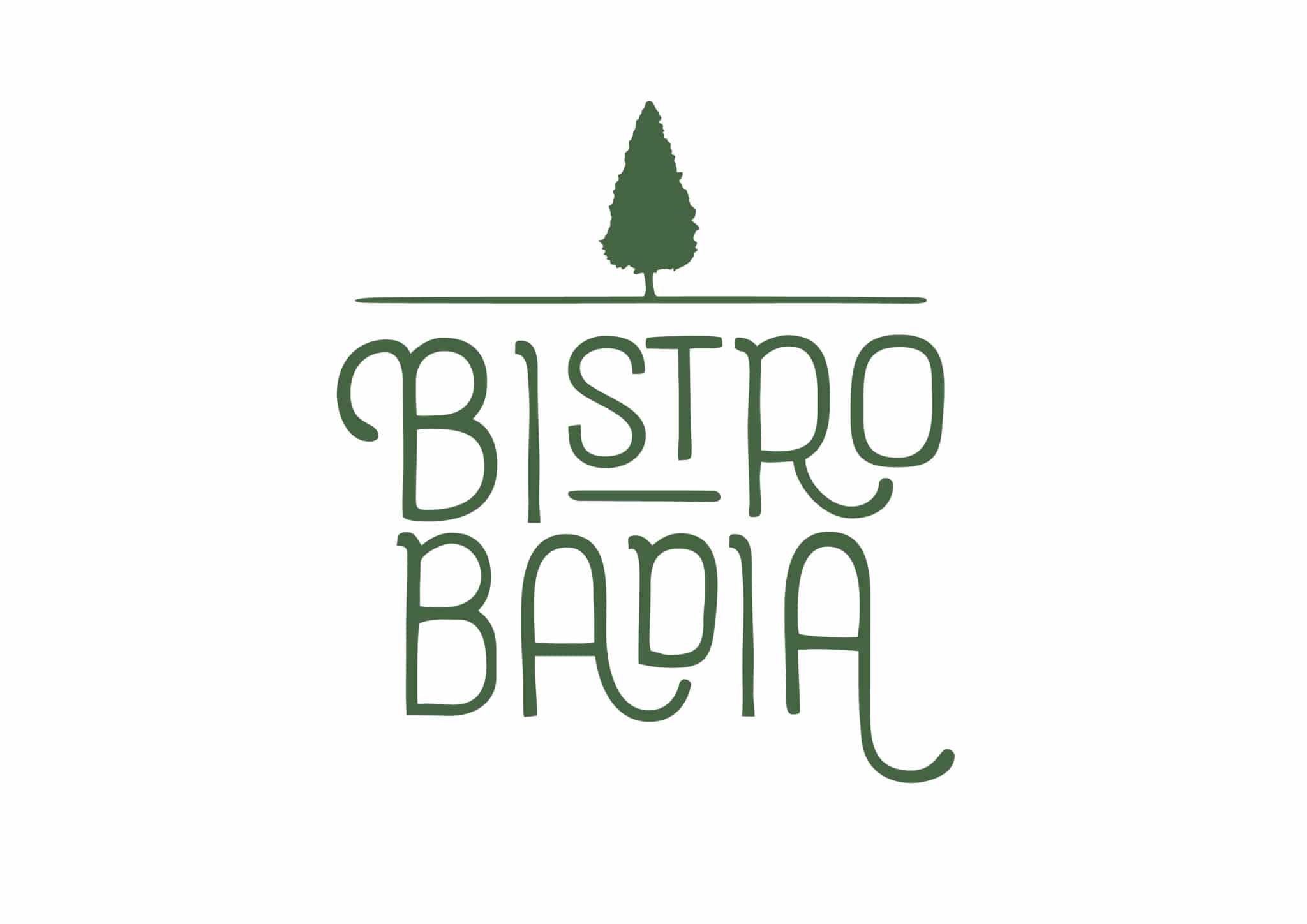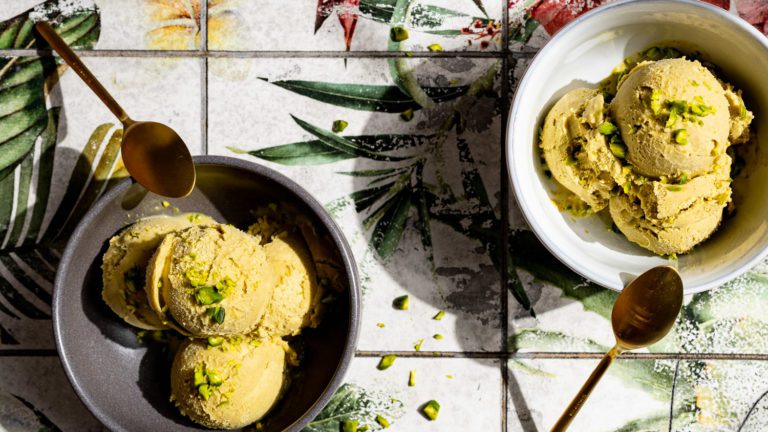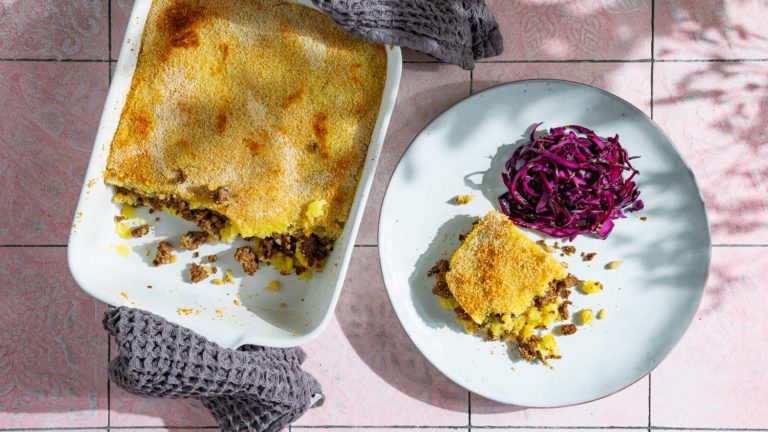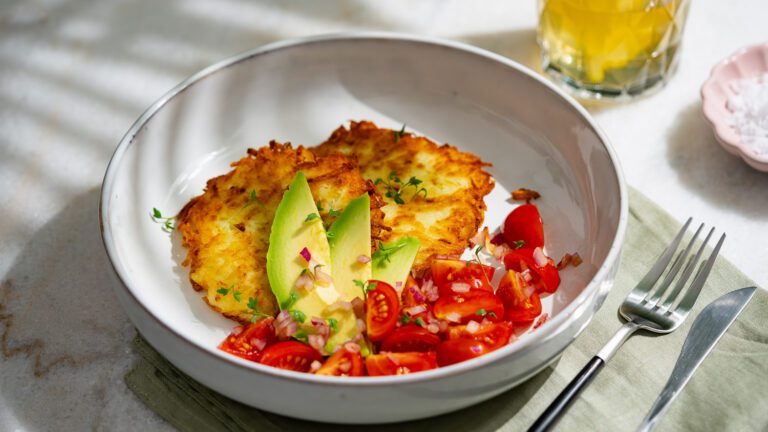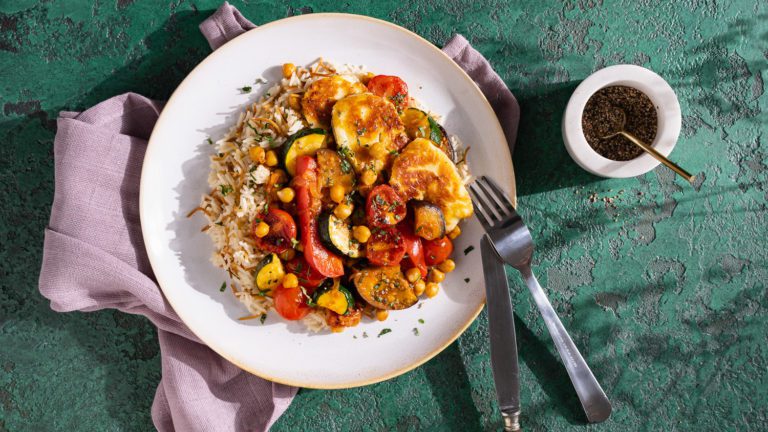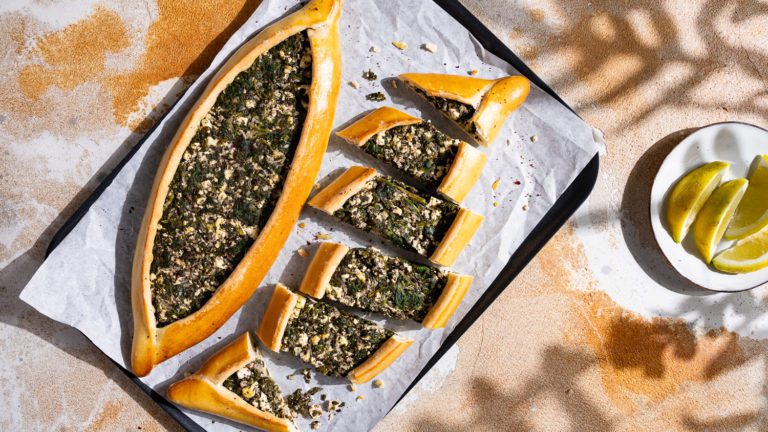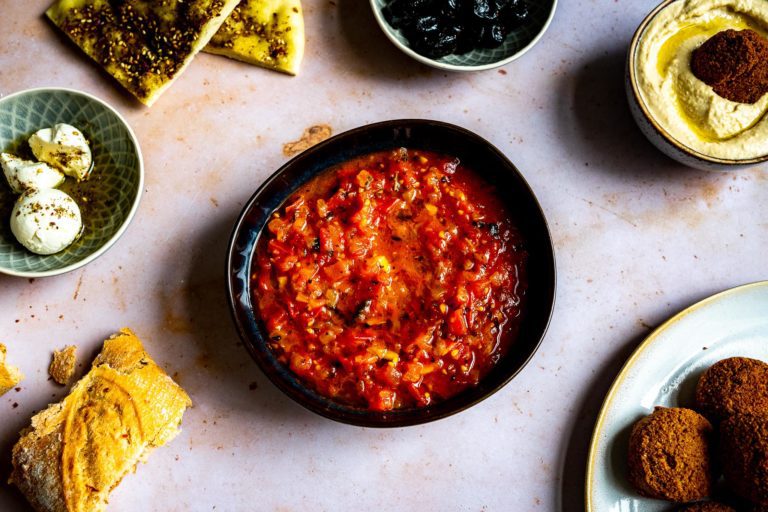Kaak: Lebanese street bread
If you’re out and about in Beirut and you’re hungry, all you have to do is wait a few minutes on the spot and one of the many travelling food stalls will pass you by. It was like this before the big explosion at the port and it will always be like this in the future. Some of these street food stalls specialise in kaak – Lebanese street bread.
Like a wild mix of sesame ring and bagel
Personally, I can never get past this delicacy. No matter what there has been to eat before, I always have to at least take it home with me. Yes, I’m a bit of a hoarder in that sense. But when you’re only in Lebanon once every few years, that should be allowed.
The great thing about Kaak? If you can’t decide whether you’d rather have a sesame ring or a bagel, you’re well served here. You have both at once. The bread is nice and crispy on the outside thanks to the sesame seeds and super fluffy on the inside. And because kaak also looks a bit like a handbag, it’s often called pocket bread.

There are many types of kaak
This variant of kaak is actually just one of many. Kaak is available as street bread, as a sweet biscuit, as filled biscuits, as a kind of cantuccini and so on. In time, I will of course share these recipes with you too. The pocket bread is traditionally enjoyed with olive oil, za’atar, labneh and fresh vegetables. But you can also top it as you would a bagel or roll. I love topping kaak with a good gouda and tomato, sprinkling za’atar on top and then putting the filled bread in the sandwich maker or panini oven. Then add a cup of sweetened black tea and some olives. It’s divine, really!

The dough: Spectacular, but easy!
The dough for kaak is super easy to make and also goes faster than you probably think. Before I made this delicious pocket bread for the first time, I really respected it. I was all the more surprised at how easy it was in the end. But before you start planning your next baking session, you must first go in search of the seedling of the mysterious rock cherry: Mahleb!
Mahleb is a spice that is mainly used in pastries. It has a very unique scent and taste. The closest thing I could compare it to is almond. But don’t worry, you don’t have to climb a rock to get the spice. Every Oriental supermarket carries it and you can also buy it online without any problems. Add a drop or two of orange blossom and rose water to the batter. If you like, you can also add some aniseed, but you don’t have to.
Usually, the bread is baked in a stone oven with very high heat. Of course, that doesn’t work at home. But don’t worry, my recipe works perfectly in the regular oven. However, it will be a little thicker than the original in Beirut. There, it is usually thinner and somewhat firmer in consistency.


Kaak is an absolute Lebanese classic, but it is also eaten a lot in Syria and other parts of the Levant. What I particularly like about it? Besides the delicious taste, kaak is super varied for me and always brings its own special flavour. I love to fill the bottom part of the bread and tear off the top sheet for dipping. Sometimes I dip the top ring in my tea too. But how you ultimately enjoy kaak is entirely up to you and your creativity. Either way, it’s sure to taste good.


Recipe for Kaak
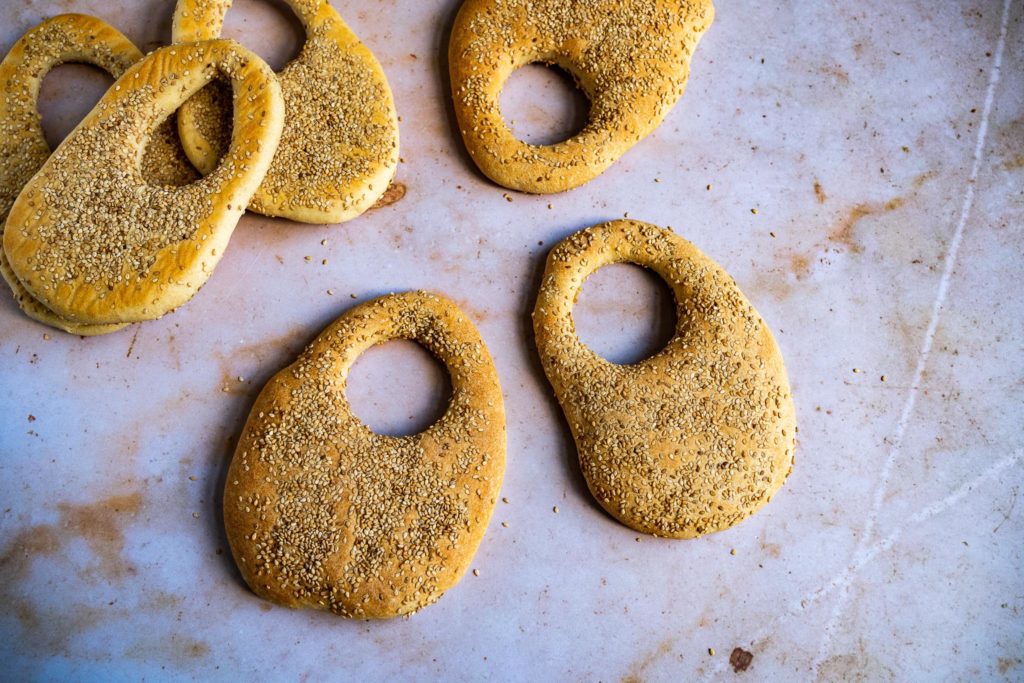
Equipment
Ingredients
- 500 g Flour type 550
- 1 TBSP Sugar
- 350 ml milk or vegetable milk lukewarm
- 1 TBSP Olive oil
- 1 TL Mahleb
- 2 TSP Dry yeast
- 2 Drops Rose water
- 2 Drops Orange blossom water
- 1 pinch Salt
- 200 g Sesame
Zubereitung
- Mix lukewarm milk with sugar and yeast and leave for approx. 5 minutes.
- Mix the flour with the salt and mahleb.
- Add the yeast milk, oil and rose and orange blossom water to the flour and knead well for about 20 minutes. The dough remains slightly moister and still sticks slightly. It should be like this.
- Cover the dough and leave to rise at room temperature for no more than 30 minutes.
- Turn the dough out onto a floured work surface and divide into 6 equal balls.
- Spread the sesame seeds on a large plate and roll the balls once on all sides in the sesame seeds.
- Roll out the dough balls roundly to a thickness of approx. 1/2 cm and cut out a hole in the upper third using a mould, e.g. a glass.
- Place the rolled out dough on a baking tray lined with baking paper. Place the cut-out "leftovers" on the baking tray as well (they will become small rolls). (Cover the baking tray with a damp kitchen towel and let the dough rest for 30 minutes.
- Preheat the oven to approx. 230 °C top and bottom heat.
- Bake the kaak on the lowest rack for approx. 12 minutes.
- Use up the kaak the same day or freeze for later.
Notes
Nährwerte
If you want to learn more about Levantine cuisine, check out my Levant Guide.
Also check out the recipe for flatbread.
